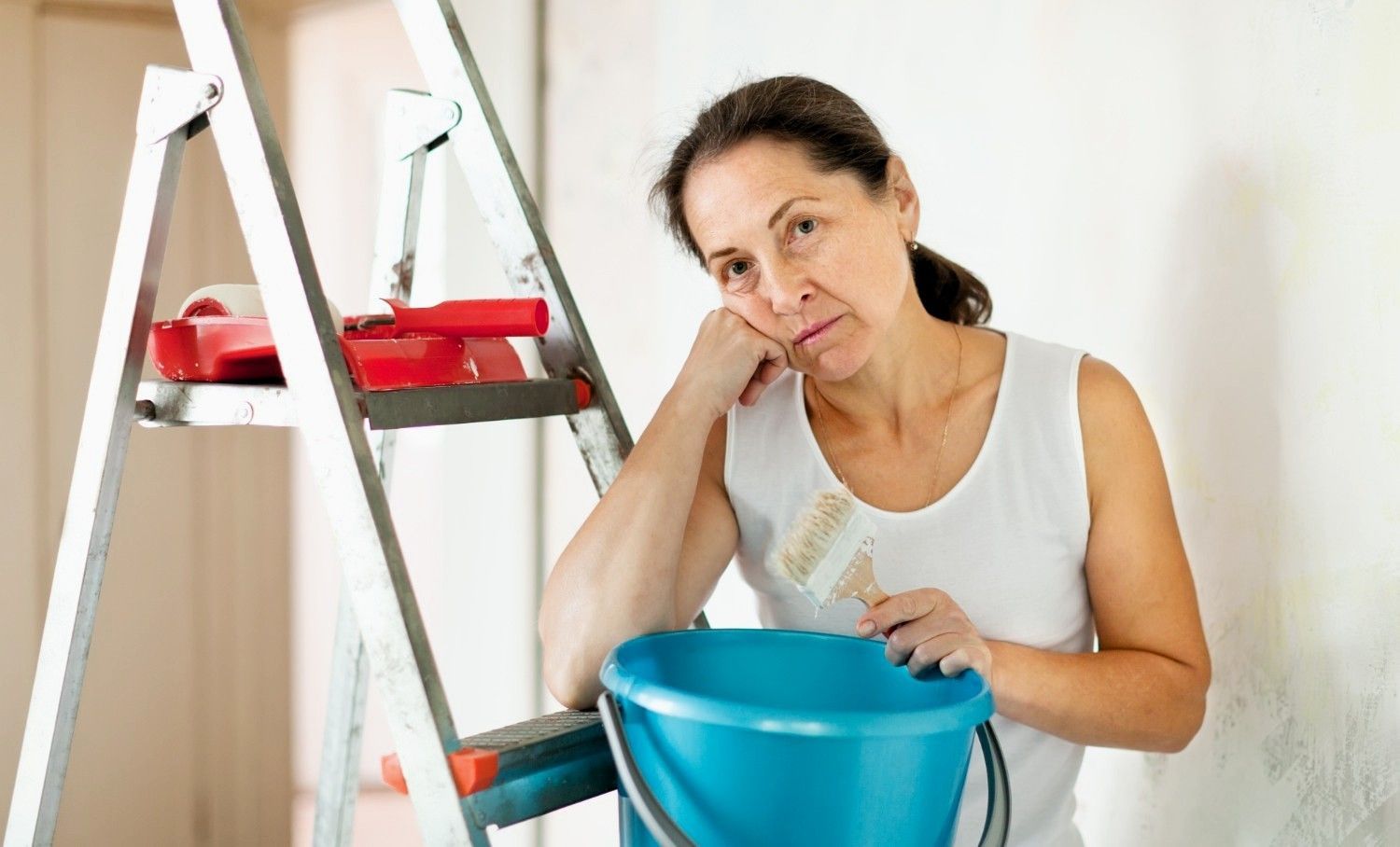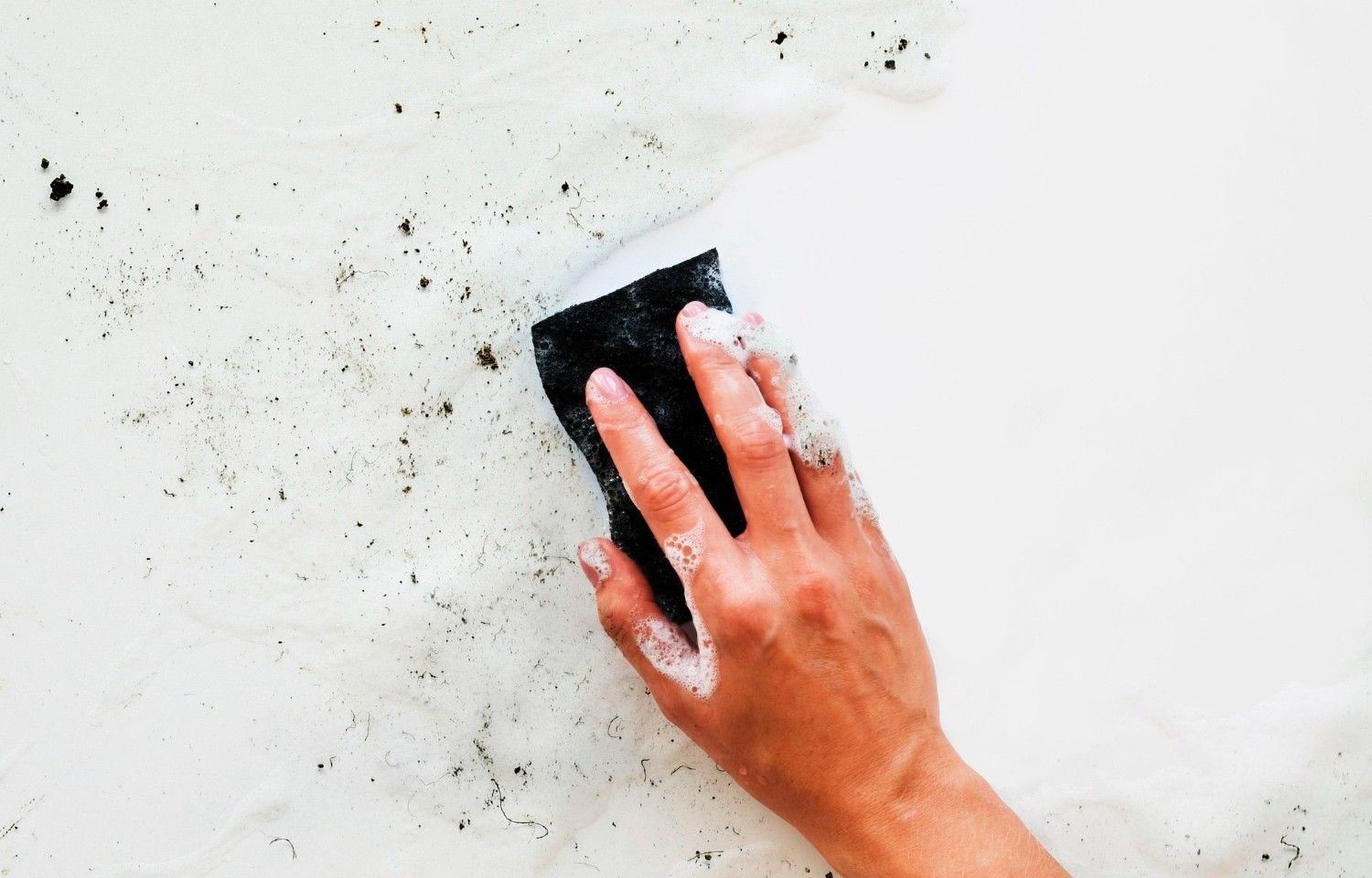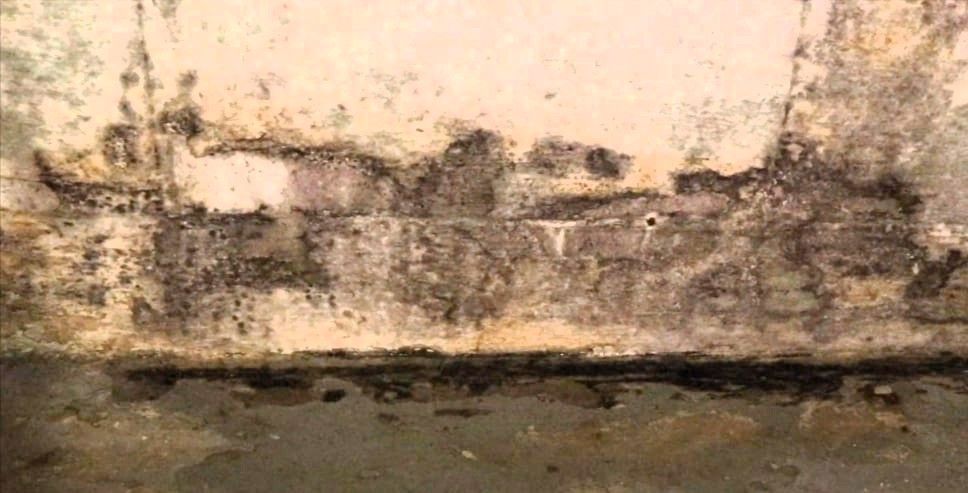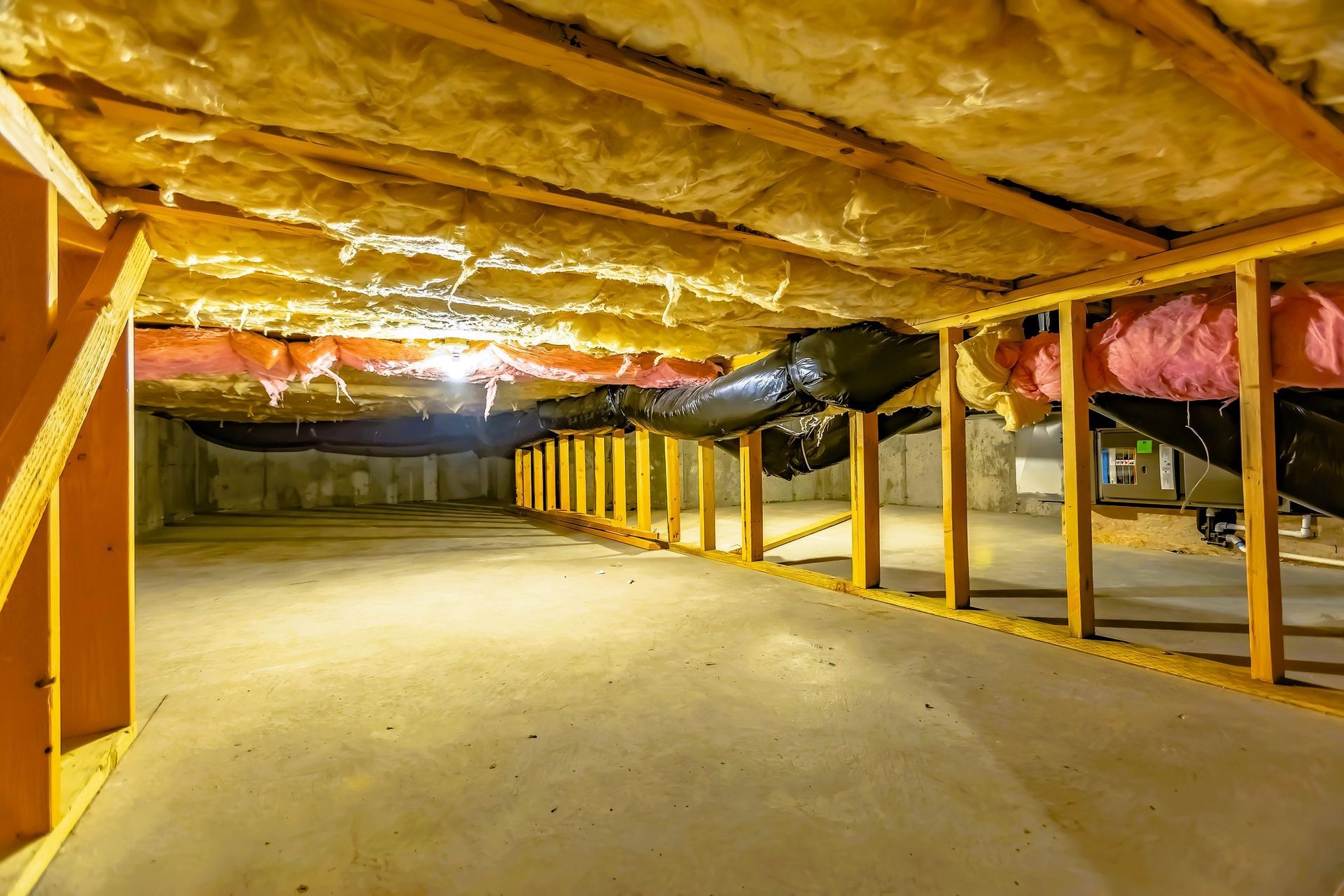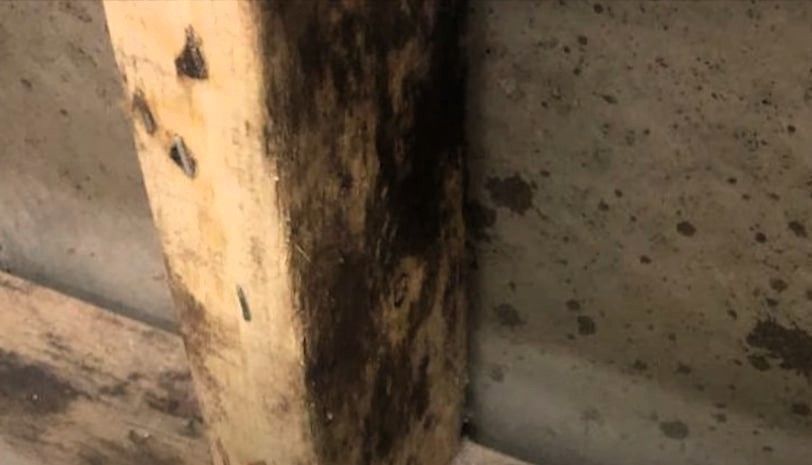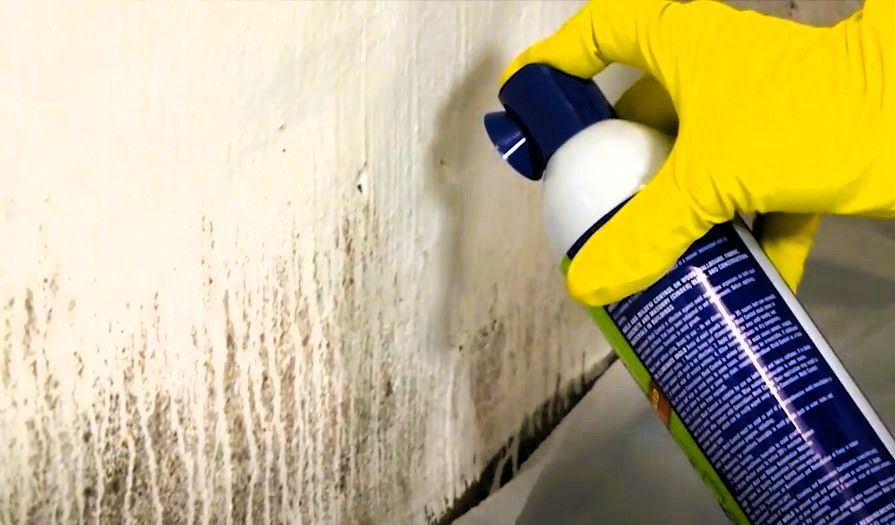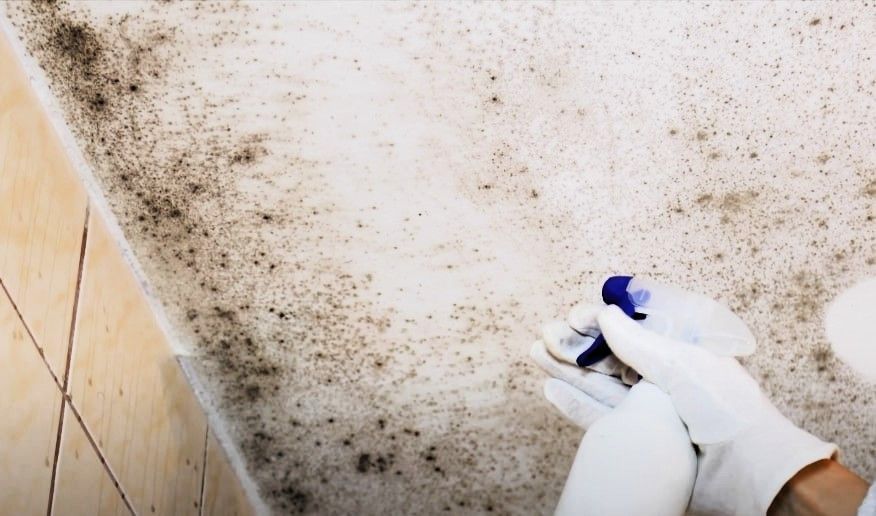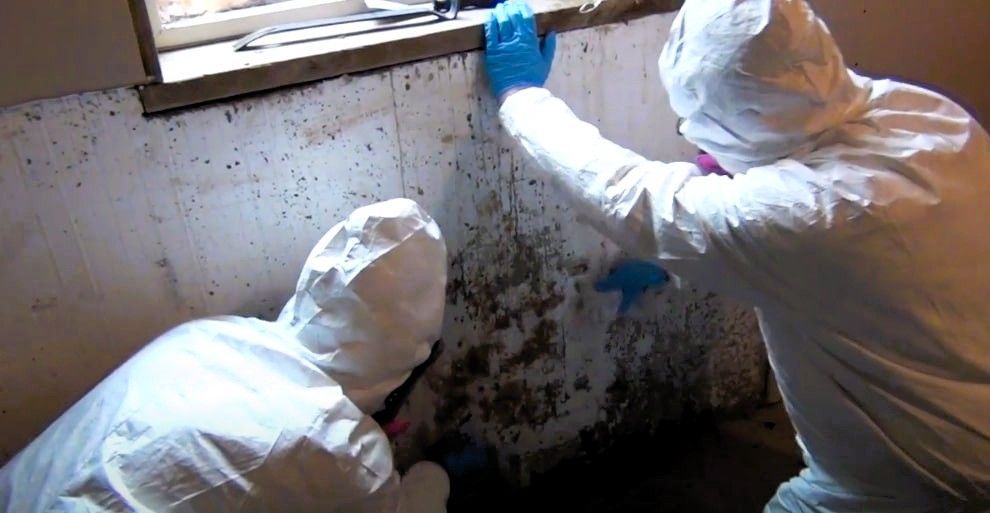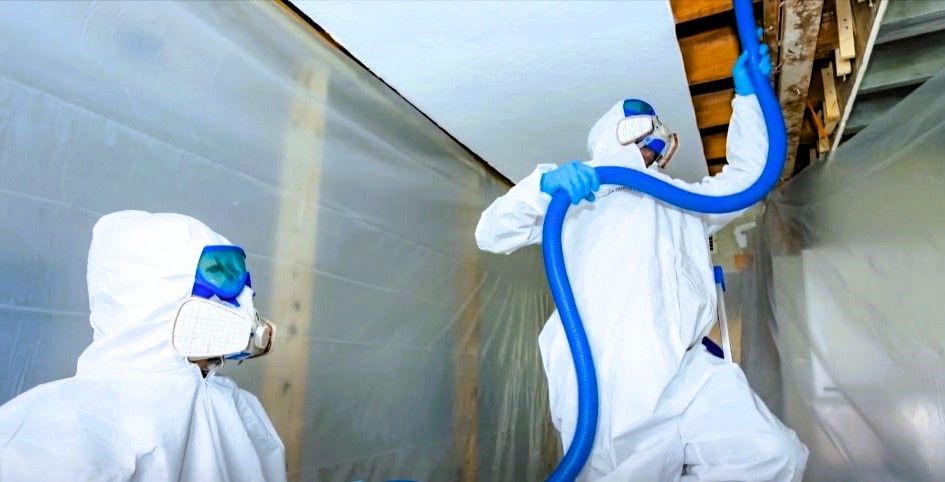5 Types of Common Household Mold You Should Know About
Know what type of mold you'll commonly see at home.
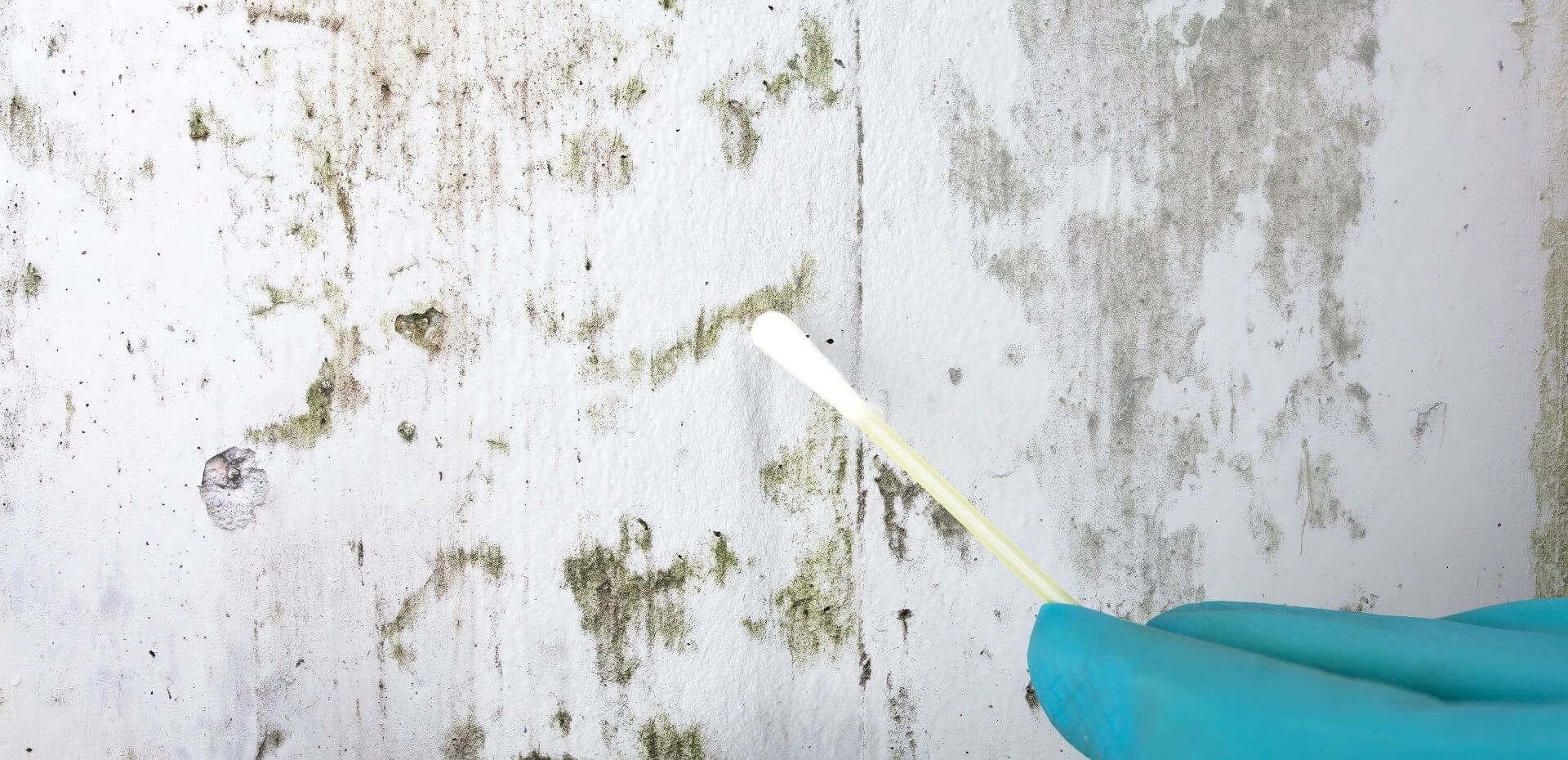
Mold grows in areas that are damp and high in humidity. It needs to have a sufficient supply of moisture to survive. Although it grows outdoors, feeding on fallen leaves in debris on the ground, it can also grow inside homes.
As long as living conditions of mold are met, it can appear almost everywhere. It can grow on your walls, floors, ceilings, and even furniture. It reproduces by releasing its spores in the air, and once it settles in a suitable location, the spores will grow into mold. Not only do these spores spread mold in your home, it’s also a health hazard.
Some mold is allergenic, where it causes allergic reactions in some people. Sometimes, it’s considered pathogens that cause illness, especially in people with poor immune systems. And in other cases, there are toxic mold types that can be lethal to one’s health.
Luckily, mold is not indestructible, and as long as it’s spotted quickly, you can easily deal with it. However, knowledge is important in knowing what steps to take to effectively get rid of your enemy. And in this case, that enemy is mold.
Here are some common types of mold you might encounter growing in your home.
Stachybotrys Chartarum or Black Mold
Also known as black mold, Stachybotrys Chartarum is widely known to be toxic. However, there’s no confirmation from various studies and research yet that black mold is more dangerous than other mold types. So far, treating and removing it like every other mold is recommended.
Black mold is commonly found in ventilation systems in areas where there’s too much moisture. If you’re suffering from poor indoor air quality, you might want to have your HVAC checked since black mold might be the cause. Seek help from a professional to permanently remove black mold from your HVAC system or home.
Alternaria
This mold is very common outdoors. Unfortunately, Alternaria is also quite a common sight in homes. This mold usually grows in your bathroom or shower, sometimes along your damp windows where most condensation happens. It’s an allergenic mold that triggers allergies in people. It can also sometimes cause hay fever and asthma and can easily infect those with weak immune systems.
Ulocladium
Another common mold that grows inside your house is Ulocladium. This type of mold can be seen in wet and damp places such as the bathroom, drywall, carpets, and more. It can also be found in appliances like your dishwasher or washing machine. Refrigerators that can dispense water can also be affected by this mold.
Even if it shares some similarities to the black mold, its effects are considered weaker compared to it. However, this doesn’t mean that you can let your guard down and ignore it. It’s still recommended that you remove it from your house as soon as possible.
Serpula Lacrymans
The Serpula mold is considered rare and mostly uses wooden structures as food. Its allergenic properties are mild compared to other mold types. However, its lack of allergy-inducing powers makes up for its destructive trait. This mold is especially dangerous because even without moisture, it can still wreak havoc, causing the infamous dry rot in wooden establishments.
Penicillium
Penicillium is a mold that has a bluish-green color and smooth texture. Even though a species from this mold is where the antibiotic penicillin originated, you don’t want to have this in your home. Instead of being a cure like the medicine, this mold triggers allergies. It can also aggravate other health problems like asthma and heart inflammation. Be watchful of this mold since it can grow anywhere if damp or exposed to moisture.
Knowledge is key when facing a formidable foe. And when it comes to mold, it can become quite a challenge if left alone. That’s why learning about it beforehand and discovering what it can do can be handy if you have mold growth in your home or not.
If you spot it before it spreads, you can remove it yourself. However, if you want to be on the safe side or if your mold infestation is more than ten square feet wide, it’s best to leave remediation to the professionals.
Do you suspect having a mold infestation in your home?
Contact us now! Our capable cleaners will gladly assist with removing any mold growth you have!

